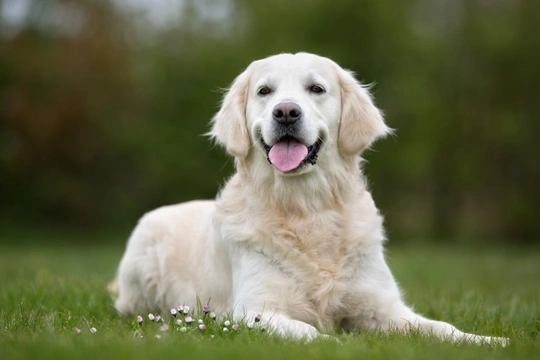
What makes a guide dog?
Guide dogs and assistance dogs can help people with disabilities or health conditions to lead independent lives, giving them a level of freedom to live independently that they may otherwise only be able to dream of. We’ve all seen guide dogs out and about at some point, either assisting their handler with their day to day lives, or possibly when younger, in training with a puppy walker or formal trainer-but have you ever wondered what is involved in turning a dog into a guide dog, and how they can be trained to work so effectively?
In this article, we will cover some of the important elements that go into making a successful guide dog and a successful pairing with a handler, to provide an insight into this fascinating and vital role. Read on to learn more.
Guide dogs are often bred specifically for the purpose
Guide Dogs for the Blind and other organisations that train and match guide dogs with potential handlers often breed dogs, or have arrangements with breeders to breed dogs specifically with a view to future guide dog training.
This means that when a certain bloodline is found to have produced dogs that possess all of the desirable traits of a good guide dog-which is of course part nature and part nurture-using the same breeder again means that the chances of producing a viable dog are much higher.
Guide dog trainees are also sometimes chosen from shelters and rehoming organisations and by other methods, but starting young is essential!
Not every potential guide dog makes the cut
The entire process of training a guide dog from start to finish also involves an ongoing assessment of the dog, their skills, and their suitability for what is after all, a highly responsible role. Not all dogs make the cut, and in some cases, a dog may have spent several months in training before the decision is made that the dog is not a good choice, at which point they will be rehomed to an owner that does not need assistance.
Training is long and expensive
The process of training a guide dog is a long one, and is also very costly. A lot of people are involved in the process from start to finish, so it can fairly be said that it takes a village to make a guide dog! Potential guide dogs usually spend the first year of their life living with a puppy walker, who is a volunteer that will socialise the dog and expose them to the outside world, as well as teaching them the basic training commands that will be built upon later on, when the intensive training really begins.
Then there are assessments, the matching process, and follow-ups after the dog has been placed with a handler!
Pairing a dog with a handler is complex and carefully managed
The process of placing the right dog with the right handler is a very important one, and not every dog is the right fit for every person. The individual needs of the person, their living situation, other pets and family all play a part, as does the handler’s experience of dogs, and whether or not they have worked with a guide dog before.
However, a large part of the pairing process depends quite simply on how well the dog and their potential handler get on, and if they bond and begin to work together well.
Not only blind people can benefit from a guide dog
Guide dogs for the blind are the most widely recognised type of guide dogs, but guide dogs can also be used to help people who are deaf or hard of hearing, and that suffer from anxiety, autism, and a wide range of other issues. Hearing dogs for the deaf are almost as common as guide dogs for the blind these days, and guide dogs can perform a lot of other roles besides!
After a dog is retired
Once a guide dog is too old to reliably be able to perform their role, they are usually retired with their handler, enjoying their old age with the person that they spent their life helping. The handler may also take on a new guide dog at this point, although the process of adding a new guide dog to the mix can be complex, as the older dog might not understand that they are retired, and will try to intervene!
What breeds make good guide dogs?
The breeds that are most commonly found to be suitable guide dogs include the Golden Retriever, Labrador Retriever, Poodle and German Shepherd, but theoretically, any breed (including mixed breeds) could have what it takes!
Don’t disturb a working guide dog!
For many dog lovers, the opportunity to go and pat or say hello to a dog that we see out and about can be almost overwhelming, but it is important to understand that the dog is working, and should not be disturbed. When a guide dog is working, they will wear a specially marked harness to show this-and not only is this a signal to people, but also to the dog. Guide dogs know that when they are wearing their harness, they are “in the office,” but when their harness is removed, they can relax, and just be a regular pet dog!



